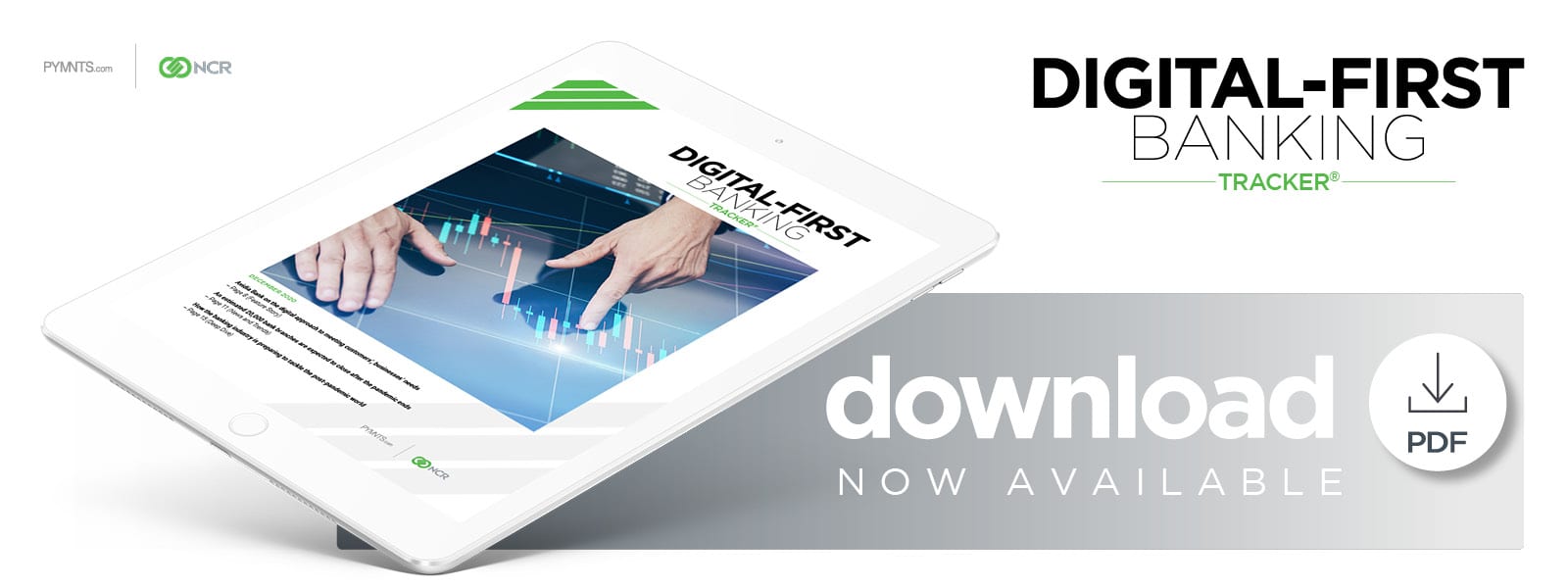Deep Dive: How 2020 Shaped The Future Of Digital-First Banking

The ongoing pandemic has drastically changed day-to-day life and generated economic turbulence the world will feel for years to come. The banking industry is hardly exempt from the disruption as social distancing and stay-at-home orders have all but emptied physical bank branches to mitigate potential contagion. Some experts project that more than 20,000 branches could even shut their doors for good by the end of the pandemic.
Filling this void is digital banking, which has seen unprecedented levels of adoption as customers look to carry on their financial activities without leaving their homes. This rise in digital banking directly correlates with the increased usage of other digital services, such as food delivery and telehealth appointments, and many consumers are leveraging these services for the very first time. Studies have also indicated that these new users expect to keep these habits even after the pandemic ends, forcing banks to rethink their approaches to customer relationships for the foreseeable future.
The following Deep Dive examines the effects that the pandemic and its downstream effects have had on both digital and in-person banking as well as the lessons banks can take into account moving forward.
How 2020 Impacted Digital-First Banking
One of most significant effects the pandemic had on the banking industry was reduced foot traffic due to social distancing and stay-at-home orders. This is because COVID-19 is notorious for transmitting through close contact between individuals — for example, a bank customer and a loan officer talking at a table — as well as through contact on objects, like money changing hands between a customer and a teller. Banks all over the world were forced to reduce hours, switch to appointment-only visits or shut down branches entirely. HSBC U.K. changed the operating hours of all its branches, for example, and limited the number of customers that can be inside a branch at any given time, while Lloyds Bank has temporarily closed 200 of its 1,600 locations and reduced the operating hours of another 100 locations.
Bank branches are also closing faster than ever before. The average branch footprint for a bank chain in the U.K., according to a recent study, reduced at a negative compound annual growth rate (CAGR) of nearly 13 percent, and the closure rate vastly accelerated during the pandemic. Experts predict branch closures could increase by up to 70 percent, with customers taking up new digital banking habits and reducing the need for extensive branch footprints.
These digital banking trends were already well on their way before the pandemic hit, but mobile banking adoption has skyrocketed in 2020, especially among first-time users. Another recent survey found that 73 percent of bank customers are now primarily leveraging digital channels for their banking needs and that 21 percent of these regular users are first-time adopters. This follows the overall trend in payments moving online. The same study found that two-thirds of all Mastercard payments are now being conducted online, for example, and 76 percent of users plan to continue making payments digitally going forward.
Financial institutions (FIs) of all sizes will have to take the lessons of 2020 into account when planning ahead, and digital banking will play a central role. In-branch operations will also likely need to be adjusted to account for the new post-pandemic paradigm.
Lessons To Take Moving Forward
This shift to digital banking is here to stay for many bank customers. One June study found that 56 percent of digital banking users will continue to primarily use mobile or online banking after the pandemic recedes — only 6 percent will shift back to in-person banking once branches reopen at full capacity. The good news is that banks seem to have risen to the challenge as 88 percent of customers say their banks were able to meet their evolving needs during the pandemic and 98 percent did not switch FIs this year.
FIs should not take this customer loyalty for granted, however, and must continue efforts to meet customers where they are both through in-person and digital channels. One-third of bank customers have expressed interest in using physical branches more if they offered some of the same convenience that mobile banking does, for example, with 34 percent favoring self-service screens and 31 percent preferring the ability to schedule virtual video meetings with bank professionals rather than making their way down to a bank branch.
A digital-first and physical banking hybrid could define the FIs of the future, satisfying consumer demands for safety and convenience. Banks that experiment with these features and accelerate a seamless, omnichannel experience are more certain to maintain customer loyalty in a deeply uncertain future.

